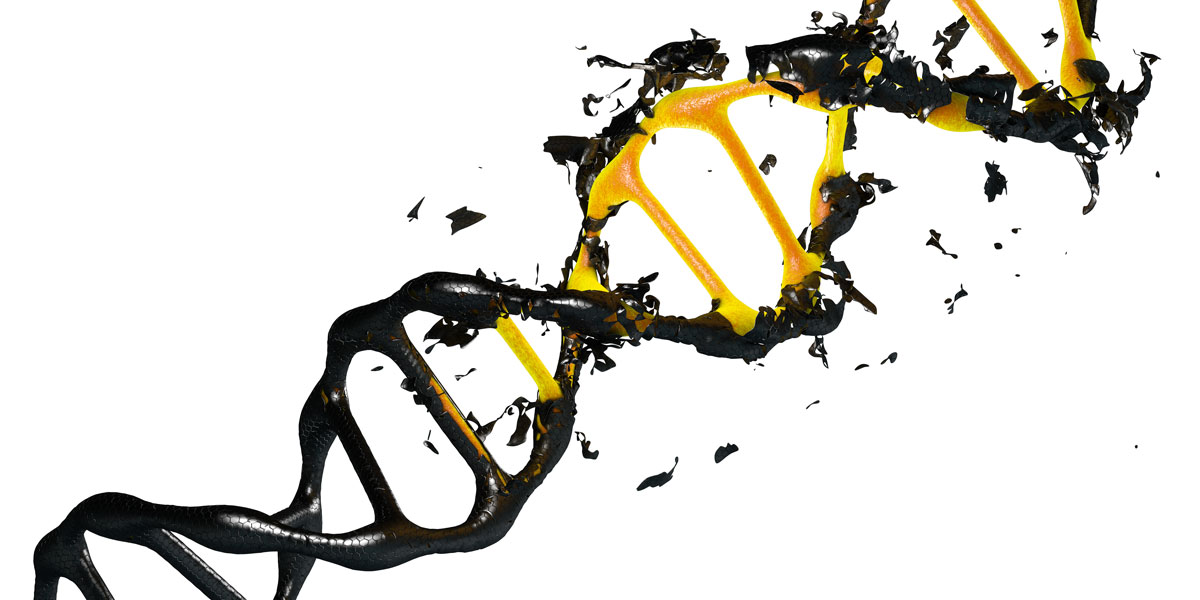
"Many more unintended changes to DNA around the site of a CRISPR repair than previously thought"
A new tool for rapidly analyzing CRISPR edits has revealed frequent production of unintended edits, according to a study published in the Nature journal Communications Biology.
"We've developed a new process for rapidly screening all of the edits made by CRISPR, and it shows there may be many more unintended changes to DNA around the site of a CRISPR repair than previously thought," said Eric Kmiec, PhD, director of ChristianaCare's Gene Editing Institute and the lead author of the study.
The study describes a new tool using extracts from human cells, which can mimic the gene editing process as it would occur in living cells. The strength of this new assay system is that the editing and DNA repair components in the reactions can be carefully controlled and the outcomes analysed in an unbiased manner. In just 48 hours, this new assay system can identify "multiple outcomes of CRISPR-directed gene editing", a process that typically required up to two months of costly and complicated DNA analysis. In addition, using this “cell-free” assay system allows identification of gene editing outcomes that would otherwise be missed using more standard approaches.
Kmiec cautioned that the unintended changes revealed by their work involve "subtle mutations" to DNA around the immediate site of the genome targeted for repair. That's very different, he said, from the hotly debated concern about the risk of CRISPR causing "off-target" mutations by drifting far afield from the intended site and making random cuts across the genome.
"It's important to note that in all instances we were still seeing CRISPR achieve a fantastic level of successful repairs that would have been unimaginable even five years ago," said the first-listed author Brett Sansbury. "But we saw a lot of other changes to DNA near the site of the repair that need to be better understood so that when we correct one problem, we're not creating another."
Unintended effects
We at GMWatch have frequently cautioned that gene editing tools like CRISPR are prone not only to off-target effects (unintended effects at sites other than the intended gene-edited site), but also to on-target unintended effects – that is, unintended effects at the site targeted for gene editing.
Another crucial point is that these techniques involve the use of the same processes that are employed to produce older-style transgenic GMOs – for example:
• the preparation of plant protoplasts (cells that have had their walls removed)
• tissue culture
• the vectorization of molecules so that they reach the target cell nucleus.
These are all stressful processes for plants and cause mutations (DNA damage) in their genomes. So no matter how "precise" the gene-editing tool might become in the future, many mutations and other unintended effects will still inevitably arise from the associated processes.
Anyone who believes that the new analytical tool will solve these problems should remind themselves that however good scientists may become at spotting unintended effects from gene-editing tools, they are never going to be able to prevent them.
The new study:
Sansbury BM et al (2019). Understanding the diversity of genetic outcomes from CRISPR-Cas generated homology-directed repair. Communications Biology volume 2, Article number: 458 (2019). https://www.nature.com/articles/s42003-019-0705-y
Report by Claire Robinson










